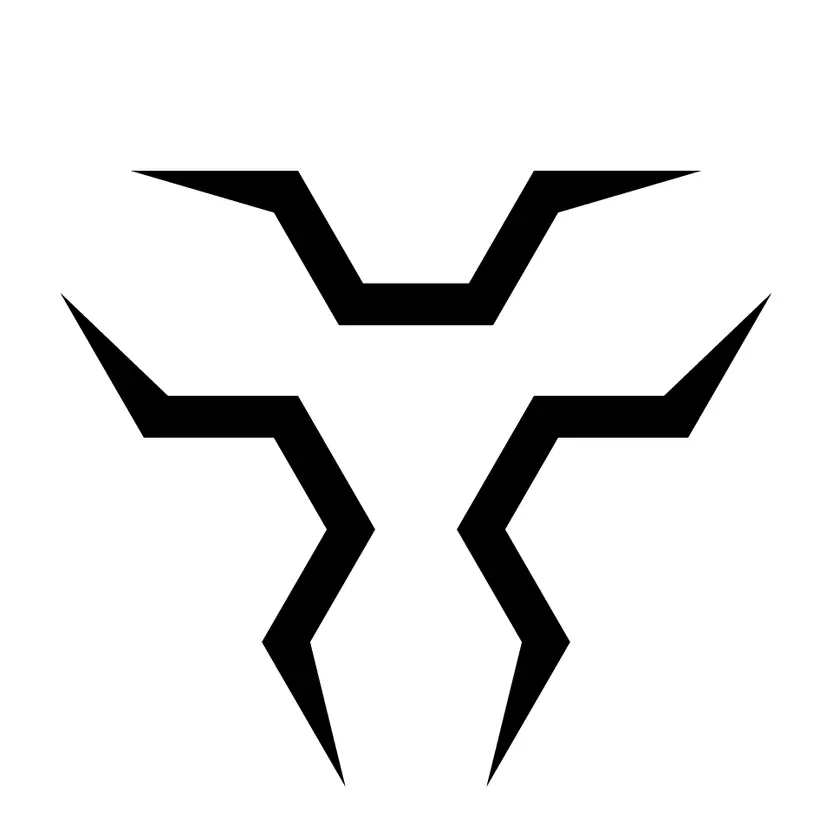What is Concept Art?
Concept art is a form of illustration used to convey an idea for use in films, video games, animation, comic books, and other media before the final product is made. It serves as the blueprint for a visual narrative, helping stakeholders envision what the final design will look like. The big picture surrounding concept art involves the creative process of bringing imaginative worlds, characters, and stories to life, often bridging the gap between writers or directors and the production teams responsible for executing the vision.
Key Takeaways
- Concept art is crucial in the pre-production phase, establishing the visual style and direction of a project.
- It aids in communicating complex ideas visually, ensuring all stakeholders are aligned on the project's vision.
- This art form is highly versatile, used across multiple media platforms such as video games, films, and animation.
- Concept artists often possess strong artistic skills and a deep understanding of design principles.
- The field of concept art is dynamic, incorporating traditional drawing techniques with digital design tools.
The Role of a Concept Artist
A concept artist is primarily tasked with creating the artwork that acts as the preliminary blueprints for production visuals. They work closely with directors, producers, and writers to conceptualize the look and feel of a project. Concept artists utilize various tools, often starting with sketches and storyboards before moving to more sophisticated software for detailed designs. Their expertise is essential in establishing the tone, mood, and narrative elements of a project, playing a pivotal role in shaping the project's final visual outcome.
Applications of Concept Art
The applications of concept art extend across various industries. In films and television, it’s fundamental in visualizing everything from expansive landscapes to intricate costume designs. In video games, it sets the stage for immersive environments and realistic character modeling. Beyond entertainment, concept art finds its place in architectural visualization and marketing campaigns, where striking visual concepts are essential to captivating audiences. Its adaptability makes it an invaluable asset in any visual storytelling endeavor.
Concept Art Tools and Technologies
Artists often leverage a combination of traditional tools, such as pencils and paper, alongside cutting-edge digital technologies. Software like Adobe Photoshop, Corel Painter, and Autodesk SketchBook are common in a concept artist's toolkit. Emerging technologies such as VR and AI are also beginning to influence the way concept art is created and interpreted, offering new dimensions and possibilities for innovation in the field.
The Bottom Line
Concept art plays a crucial role in setting the visual foundation for creative projects, providing a tangible vision that guides production teams. For businesses in entertainment, media, or marketing, understanding and investing in concept art can be the key to developing groundbreaking and immersive content that captivates audiences. By harnessing the power of concept art, you can ensure your projects have a creative edge, fostering a comprehensive and compelling visual narrative that resonates with both clients and consumers.















